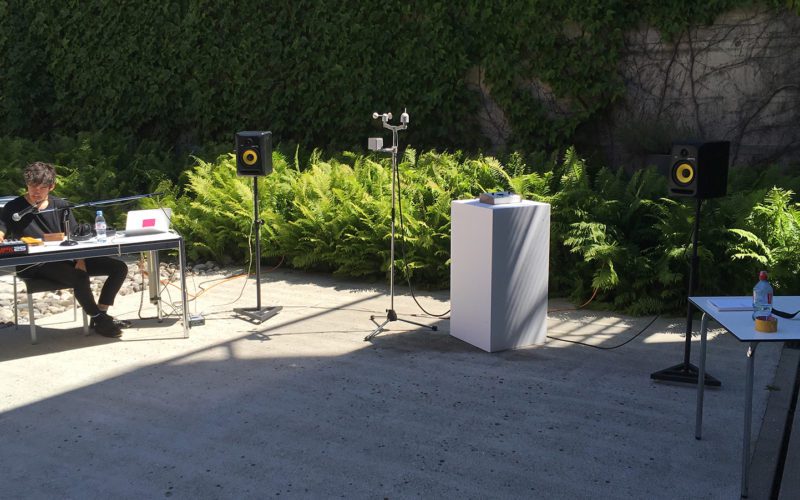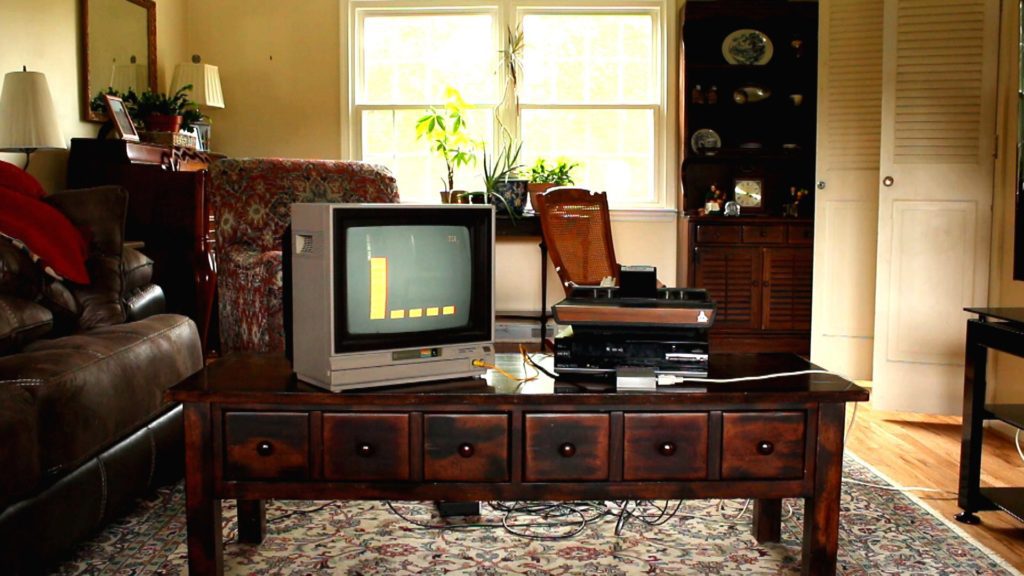Schlagwort: Arduino MIDI
-

Custom weather station enhances and modifies electronic music
Reading Time: 2 minutesCustom weather station enhances and modifies electronic music Arduino Team — October 25th, 2018 While the environment is important for any musical performance, generally it’s not an active part of the show. Adrien Kaeser, though, has come up with a device called the “Weather Thingy“ that integrates climate-related events directly into electronic…
-

Turn an Atari 2600 into a MIDI drum machine
Reading Time: 2 minutesTurn an Atari 2600 into a MIDI drum machine Arduino Team — October 24th, 2018 While not known for its musical prowess, John Sutley decided to turn an Atari 2600 into a simple four-note drum machine dubbed “SYNDRUM.” While an interesting exercise in creating a custom cartridge out of repurposed components, pushing…
-

Neon skulls illuminate to the MIDI beat
Reading Time: 2 minutesNeon skulls illuminate to the MIDI beat Arduino Team — October 15th, 2018 LEDs, whether single-color or programmable, have enabled makers to create a wide variety of vibrant projects at a reasonable price. Neon sign projects, which require sophisticated glass making techniques as well as high voltage for control aren’t as common,…


